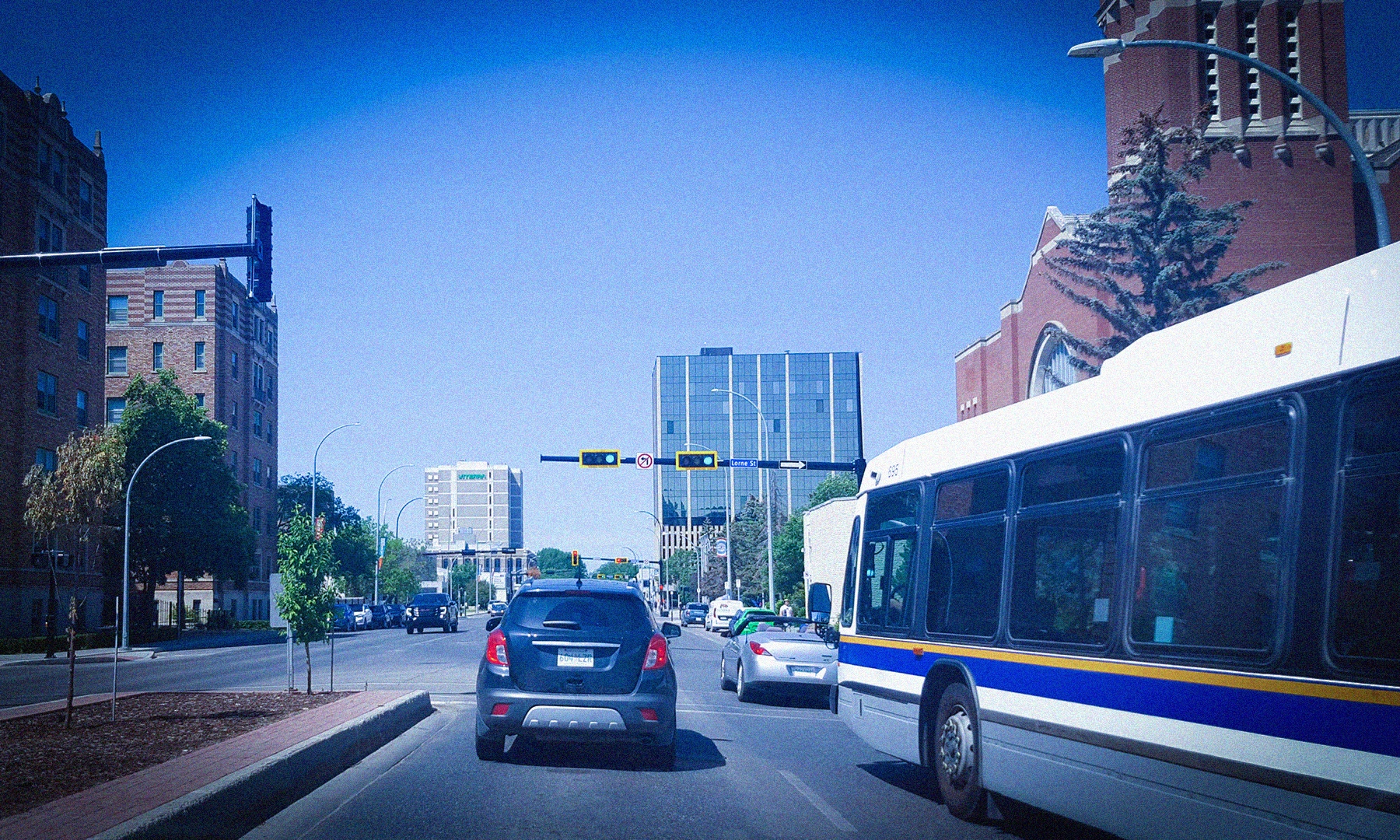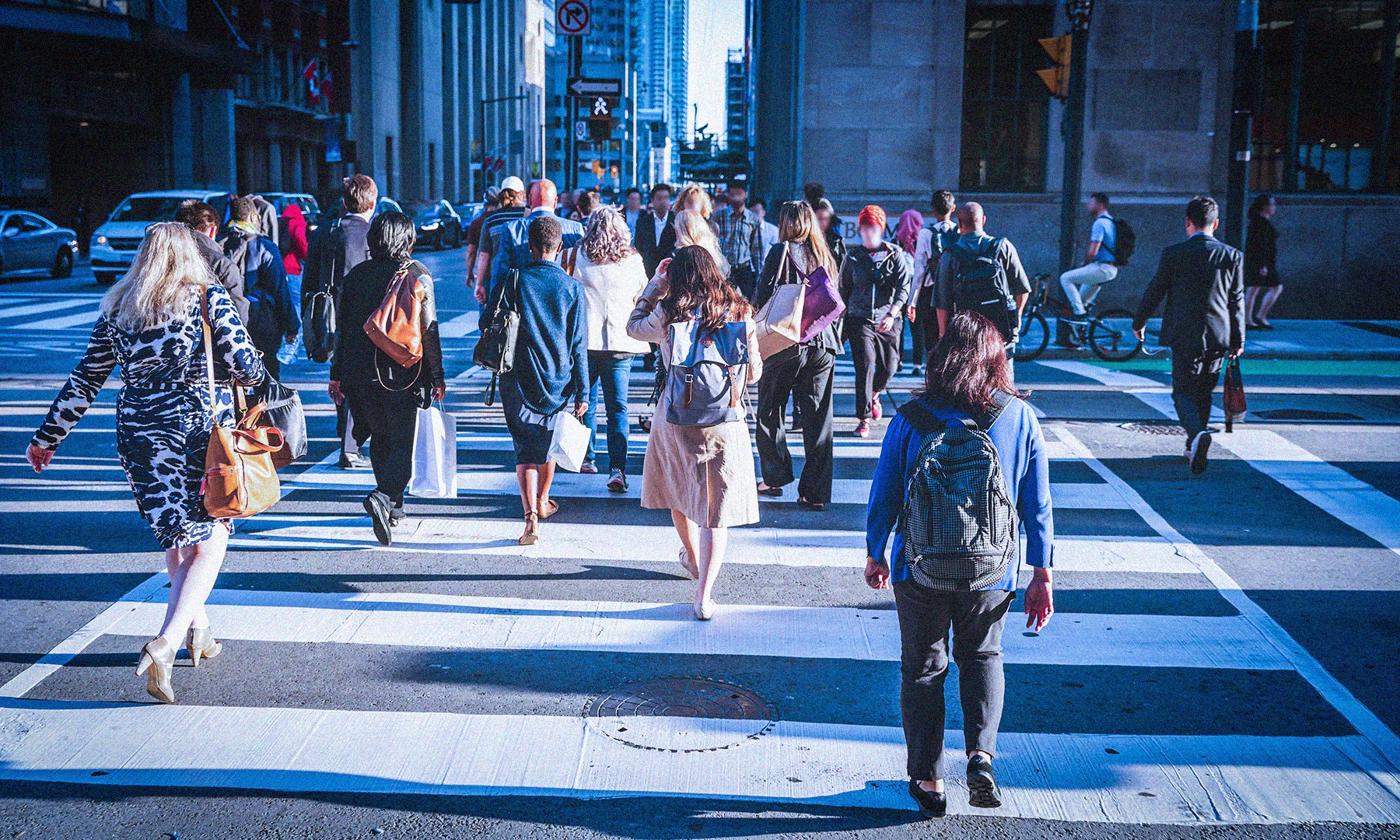My hometown of Ottawa boasts a pair of scenic and winding roadways on both sides of the Rideau Canal. One of them is the Queen Elizabeth Parkway, on which you can drive six kilometres from Old Ottawa South to the downtown core and only hit two lights.
Until 2020, that is. With COVID-19 came a promising zeal for “Active Use” programs in cities across the world. In Ottawa, our Queen Elizabeth Parkway was closed to vehicle traffic in the daylight hours of the summer months.
Road users of all types emerged from lockdown, and the parkway was popular with cyclists, joggers, skateboarders, and dog walkers. Picnics and neighborhood get-togethers started to pop up alongside the roadway that would otherwise be inches from speeding cars.
The program was ultimately reduced from its initial scope to weekends only. Motorists cited negative traffic impacts. Opeds were written, nightly news stories were filed, politicians and citizens lobbed videos at each other on social media, but the reduction ultimately stood.
There was a common reasoning that wound its way through most objections to the re-purposing of the parkway: “roads are for cars.”
Roads weren’t always for cars of course, but when the automobile did show up, people started getting killed in the streets. A lot. By 1952, over 8,000 pedestrians were dying in accidents annually in Canada, according to the Dominion Bureau of Statistics.
Peter Norton, author of Street Rivals: Jaywalking and the invention of the motor age street, writes on the dawn of the automobile in America and the demotion of the pedestrian in the streetscape.
People in cities were used to having access to roadways and there were strong reactions to the ever-increasing speed and size of cars—backlash, even. As cars got faster, states were slow to increase speed limits and even considered mandatory throttle limiters.
This terrified automotive manufacturers and local car clubs. Pedestrian injury and death were not going down and they wanted to remove themselves from the circle of blame. So, instead of advocating for anything that might mitigate the problem, an effort was mounted to shift the blame to the most vulnerable road user.
The term “jaywalking” first appeared in the American Midwest. By 1913, it had made its way into the Ottawa Citizen. A “jay” is an insulting prefix that means foolish, loud, or gullible.
Starting in the 1920s, there were jaywalking awareness campaigns, newspaper ads, posters, parade follies in which hapless clowns would get slow hit by Model Ts, mock trials of offenders, and more.
In 1921, the president of the Ontario Motor League pressed for the adoption of jaywalking laws: “The pedestrian must be made amenable to traffic regulations, must cross the street only at intersections, keep to the pedestrian right-of-way and obey the signals of traffic officers.”
And so, the shift was set in motion: the root of the problem was not infrastructure that prioritizes cars above all other users and lax enforcement of traffic laws, it was the reckless pedestrian. We can hear and feel the echoes of these early campaigns today when pedestrian safety is discussed.
Health departments and police chiefs of large urban cities urge people to “wear bright colours and reflective armbands,” but rarely call upon drivers to use more caution at night. Pedestrians are told to “hold out their arms outstretched” and only cross at “corners and crosswalks, preferably at intersections with traffic lights.”
Even when they enter the roadway at a controlled intersection, pedestrians must be aware of impatient drivers waiting to make a turn, slowly creeping in on their crosswalk.
In true irony, “jaywalking”, or crossing mid-block, isn’t even illegal in Canada. You are permitted to cross a roadway as long as it’s safe and you are not going against nearby signals.

